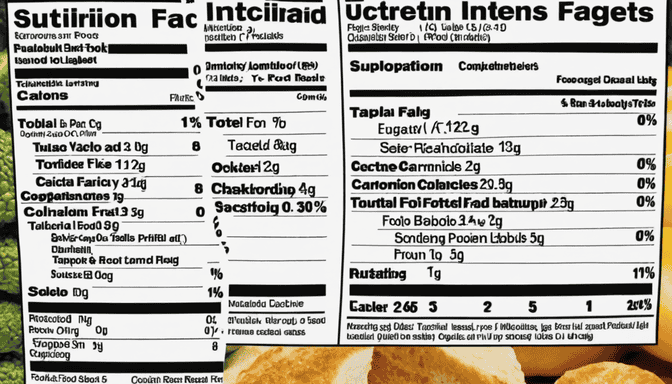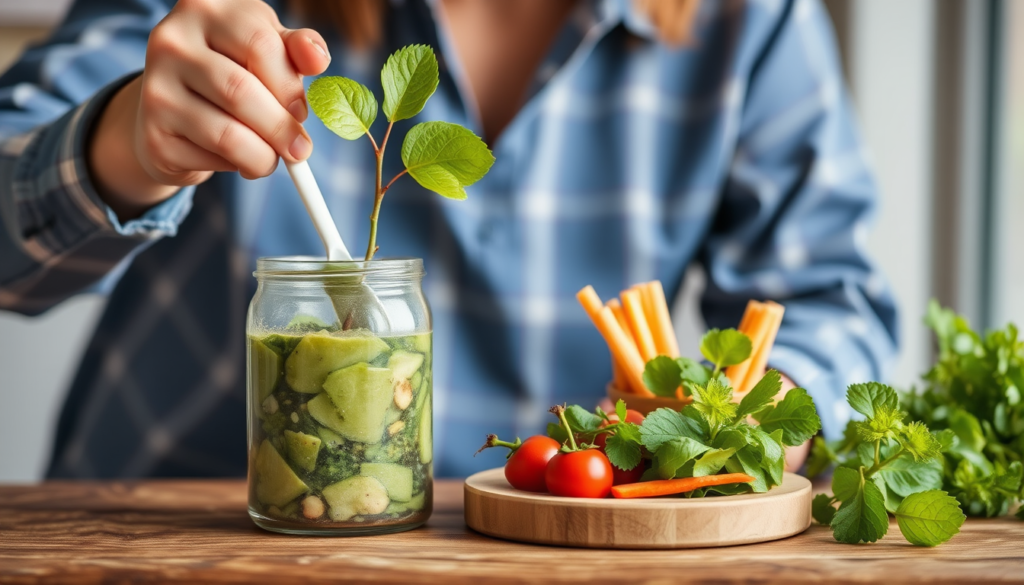Understanding how to read food labels is crucial when it comes to making healthier food choices.
With so many products on grocery store shelves, it can be overwhelming to figure out which options are truly nutritious.
But don’t worry; this guide will break down food labels and offer you healthy eating tips that you can easily apply during your next shopping trip.
Why Food Labels Matter
Food labels can give you a wealth of information about the products you’re buying.
They help you:
- Identify essential nutrients
- Avoid unhealthy additives
- Make informed choices that align with your health goals
Let’s dive into the components of food labels that can support your healthy eating journey.
The Anatomy of Food Labels
Food labels are designed to provide crucial information at a glance.
Here’s a breakdown of what to look for:
| Label Component | What to Look For |
|---|---|
| Serving Size | This tells you how much of the product is considered a single serving. |
| Calories | Watch this if you’re maintaining or losing weight. |
| Nutrients | Look for fiber, protein, vitamins, and minerals. |
| Added Sugars | Less is more – be cautious of high sugar content. |
| Total Fat | Opt for products low in saturated and trans fats. |
Healthy Eating Tips for Reading Labels
Now that you know what to look for on food labels, here are some tips to help you make healthier choices:
- Always check for serving sizes — this can drastically affect your calorie intake.
- Choose foods with high fiber content to help you feel fuller for longer.
- Aim for minimal added sugars — the World Health Organization recommends less than 10% of daily caloric intake from sugars.
- Prioritize whole foods over processed ones, which often have added preservatives and sugars.
- If you can’t pronounce it, maybe skip it — complex ingredients often signal unhealthy additives.
Common FAQs About Food Labels
Let’s address some frequently asked questions that might pop up as you start your label reading journey:
1. What does “organic” mean on food labels?
“Organic” indicates that the food is made without synthetic fertilizers, pesticides, or genetically modified organisms (GMOs).
2. Are “low-fat” foods always healthier?
Not necessarily. Low-fat options can sometimes contain more sugars and additives to compensate for flavor.
3. Should I focus on the front label or the back?
Always check the back for detailed information; front labels can be misleading.
4. What is the significance of “percent daily value”?
This shows how much a nutrient in a serving contributes to your daily diet. Aim for 20% or more for beneficial nutrients and 5% or less for nutrients you want to limit.
5. How frequently should I read food labels?
It’s a good practice to read labels every time you shop, especially when trying out new products.
Wrapping Up
Knowing how to read food labels empowers you to make healthier food choices.
By understanding the elements of food labels, you’ll be able to navigate the aisles with confidence.
So, the next time you’re at the store, take a moment to read those labels!
It’s more than just numbers; it’s your health on the line.
Here’s to a healthier you, one label at a time!



